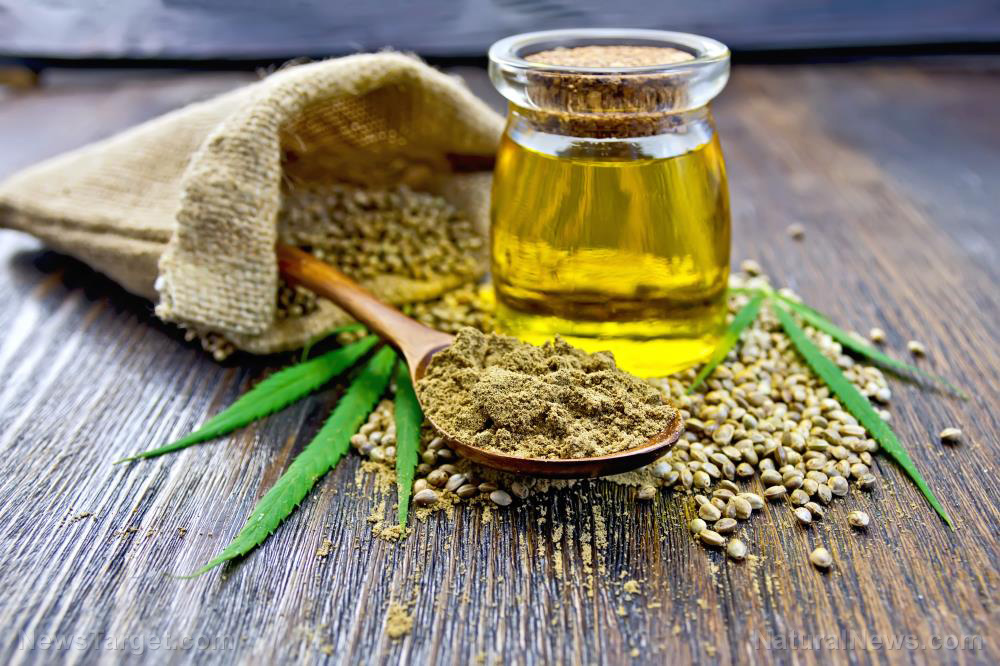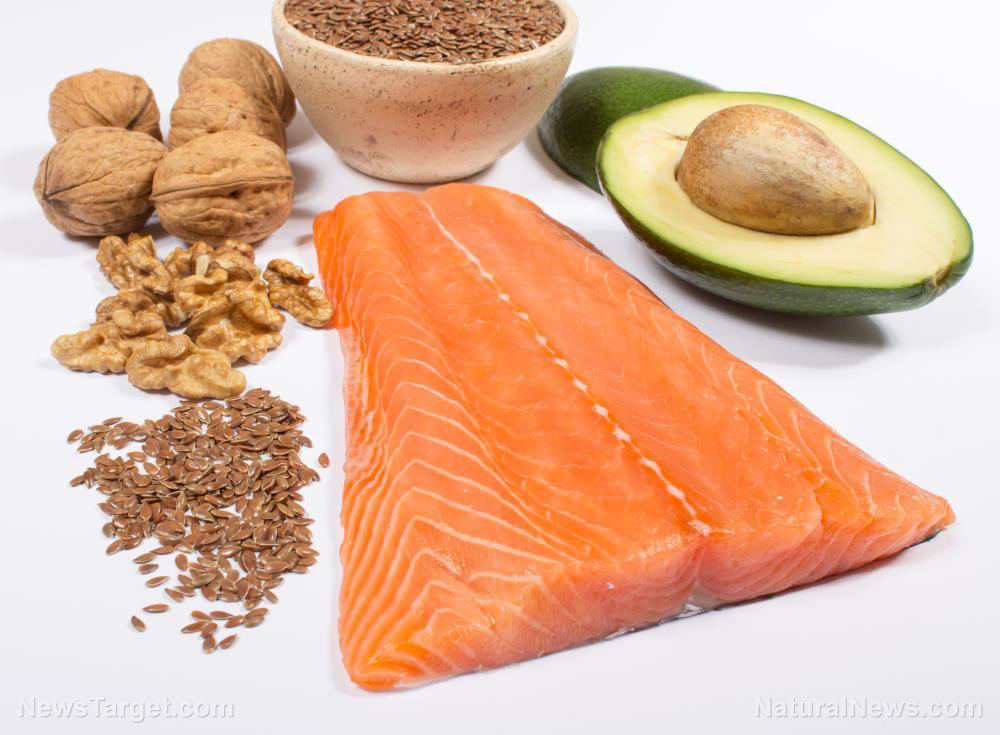Scientists identify the bioactive compounds in safflower
10/28/2019 / By Evangelyn Rodriguez

Safflower, also known by its scientific name Carthamus tinctorius, is a medicinal plant known for its oil. Safflower oil, which is obtained from the plant’s seeds, is a popular cooking oil that offers many health benefits. In a recent study published in the journal Annals of Agricultural and Environmental Medicine, researchers from China, Kazakhstan, and the U.S. investigated the composition of the volatile oil derived from the seeds of a safflower species native to Kazakhstan. They reported that the Ak-Mai safflower oil is rich in phytochemicals that may be able to provide various health benefits.
Characterization of the volatile oil from a safflower species found in Kazakhstan
According to the researchers, safflower extracts and oil are valued for their numerous pharmacological activities, making them the subject of numerous studies. The safflower plant is cultivated in many parts of the world mainly for its seeds, from which the healthy, edible safflower oil is extracted. The plant itself has been used in traditional medicine as a purgative (laxative), an analgesic (pain reliever), an antipyretic (reduces fever), and an antidote to poison. Safflower is also known to treat painful menstrual problems, postpartum hemorrhage, and osteoporosis.
For their study, the researchers extracted volatile oil from the seeds of the Ak-Mai safflower and analyzed its composition using gas chromatography/mass spectrometry (GC/MS). They found that the oil contained at least 20 different plant compounds which represented about 99.81 percent of the oil’s total composition. These compounds were:
- Undecanoic acid
- Octane
- 2-nonen-1-ol
- Hexadecanal
- Dodecanal
- Dec-2-en-1-ol
- Nonanoic acid
- Tetradecanoic acid
- 2 pentadecanone
- 6,10,14-trimethyl, 1,2-benzenedicarboxylic acid
- Isobutyl-beta-phenylpropionate
- 1,3-cyclohexadiene
- Myrtenoic acid
- Octadecanoic acid
- Heneicosanoic acid
- 2(3H)-furanone
- 4,4-dipropylheptane
- Hexcosane,1-eicosanol
- Heptocosane
Among these compounds, the most notable ones are 2-nonen-1-ol, nonanoic acid, tetradecanoic acid, and octadecanoic acid. 2-nonen-1-ol can be found in alcoholic beverages and in fruits like melon, cucumber, nectarine, and pears. It is commonly used as a food flavoring. Nonanoic acid is a well-studied saturated fatty acid that plants produce to prevent insects and larger animals from attacking them (anti-feedant).
Meanwhile, tetradecanoic acid, more commonly known as myristic acid, is a long-chain fatty acid found in butterfat and coconut oil. This compound is used to synthesize flavor and to make cosmetic products near-radiation impenetrable (opacifying agent). Octadecanoic acid, on the other hand, can lower bad cholesterol (LDL) levels. It is a common vegetable fat known by its other name, stearic acid.
According to the researchers, this is the first study to report the composition of the oil derived from the seeds of Ak-Mai safflower. Due to its abundance in phytochemicals, Ak-Mai safflower oil may also be able to offer a variety of substantial health benefits. However, further studies are needed to verify this.
Health benefits of safflower oil
Safflower oil is a multi-purpose seed oil that can be used not only for cooking but also for boosting overall health and taking care of the skin. Here are some of the wonderful benefits associated with safflower oil. (h/t to MedicalNewsToday.com)
- Provides various nutrients — Safflower oil is rich in healthy fats that help the body regulate hormone levels and preserve memory. These fats also help the body absorb essential nutrients from food.
- Regulates blood sugar levels — The healthy fats present in safflower oil can also help lower blood sugar levels. According to studies, consumption of these fats can be used to complement diabetes treatments and reduce diabetes-related complications.
- Promotes heart health — Besides lowering blood sugar, safflower oil can reduce blood cholesterol. It can also relax blood vessels and act as a blood thinner, reducing blood pressure and preventing stroke and heart attack in the process. (Related: Study says safflower oil helps prevent heart disease, reduce inflammation.)
- Soothes inflamed skin — Safflower oil is often used in skincare products due to its soothing properties, which can reduce skin inflammation. Safflower oil also contains vitamin E, which is known for its antioxidant and anti-aging properties.
Safflower oil is a healthy and nutrient-rich oil with many applications. For more news about this oil and other beneficial plant oils, visit Health.news and Food.news.
Sources include:
Submit a correction >>
Tagged Under:
Ak-Mai safflower, alternative medicine, Carthamus tinctorius, cholesterol, diabetes, food cures, food is medicine, functional food, healthy fats, heart disease, heart health, herbal medicine, Herbs, inflammation, natural cures, natural medicine, nutrients, phytonutrients, plant medicine, remedies, research, safflower, safflower oil, skin care
This article may contain statements that reflect the opinion of the author
RECENT NEWS & ARTICLES
COPYRIGHT © 2017 COSMETICS NEWS





















